Why The WNBA And Women’s Basketball Is Surging Toward A New Era
Women’s Basketball – Unprecedented Growth in Viewership and Cultural Impact How Talent, Infrastructure, and Visibility Are Reshaping the Game
Introduction – Women’s Basketball
Womens Basketball And WNBA is no longer operating in the shadows of its male counterpart. The WNBA and its collegiate feeder systems have entered a new phase of visibility, influence, and cultural relevance. This transformation is not driven by studies or projections but by observable shifts in attendance, media coverage, and fan engagement. The league’s growth is rooted in real-world momentum – from sold-out arenas to viral highlights.
Athletes are becoming household names, not just within sports circles but across entertainment and fashion. The infrastructure supporting women’s basketball is expanding rapidly, with new teams, charter flights, and global partnerships. This is not a momentary spike. It is a structural evolution.
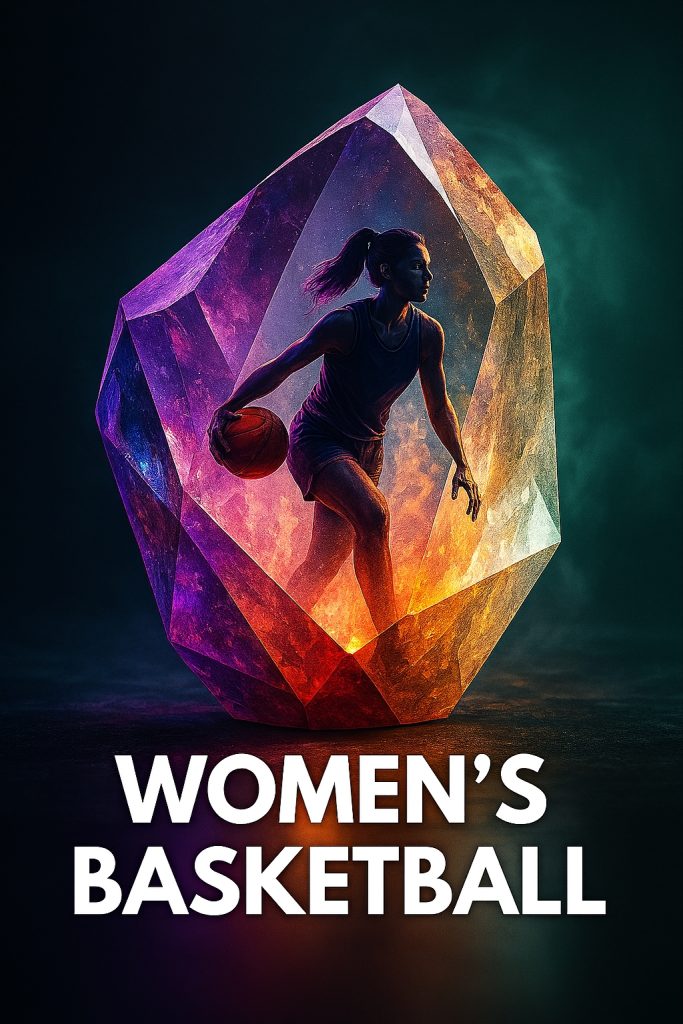
Womens Basketball And WNBA
Attendance Is Surging Across the League
The WNBA has seen a dramatic increase in live game attendance, with multiple franchises reporting sellouts throughout the season. Fans are showing up in record numbers, driven by star power and regional loyalty. Cities with strong college basketball traditions are fueling local support for professional teams. The Indiana Fever, for example, broke franchise records for total attendance in 2024.
This surge is not limited to one team or one market. It’s happening across the board. Arena upgrades and expanded seating are being considered to meet demand. The energy inside venues is electric, with fans creating playoff-level atmospheres during regular season games. Families, youth teams, and longtime supporters are filling seats and creating a vibrant culture. The league’s community outreach programs are also drawing in new audiences. Attendance is no longer a challenge. It’s a strength.
Television Ratings Are Breaking New Ground
The WNBA attracted over 54 million unique viewers in 2024, marking a historic high for the league. Prime-time broadcasts on major networks have elevated visibility and normalized women’s basketball as a mainstream entertainment product. Regular-season games averaged over one million viewers, a record that reflects growing interest and loyalty. Streaming platforms have expanded access, reaching younger and global audiences.
Highlight reels and player interviews are trending across social media, amplifying reach beyond traditional broadcasts. The league’s media strategy is data-driven, targeting key demographics and optimizing time slots. Broadcasters are investing in production quality, making games more immersive and engaging. Television exposure is converting casual viewers into loyal fans. The WNBA is no longer a niche product. It’s a national spectacle.
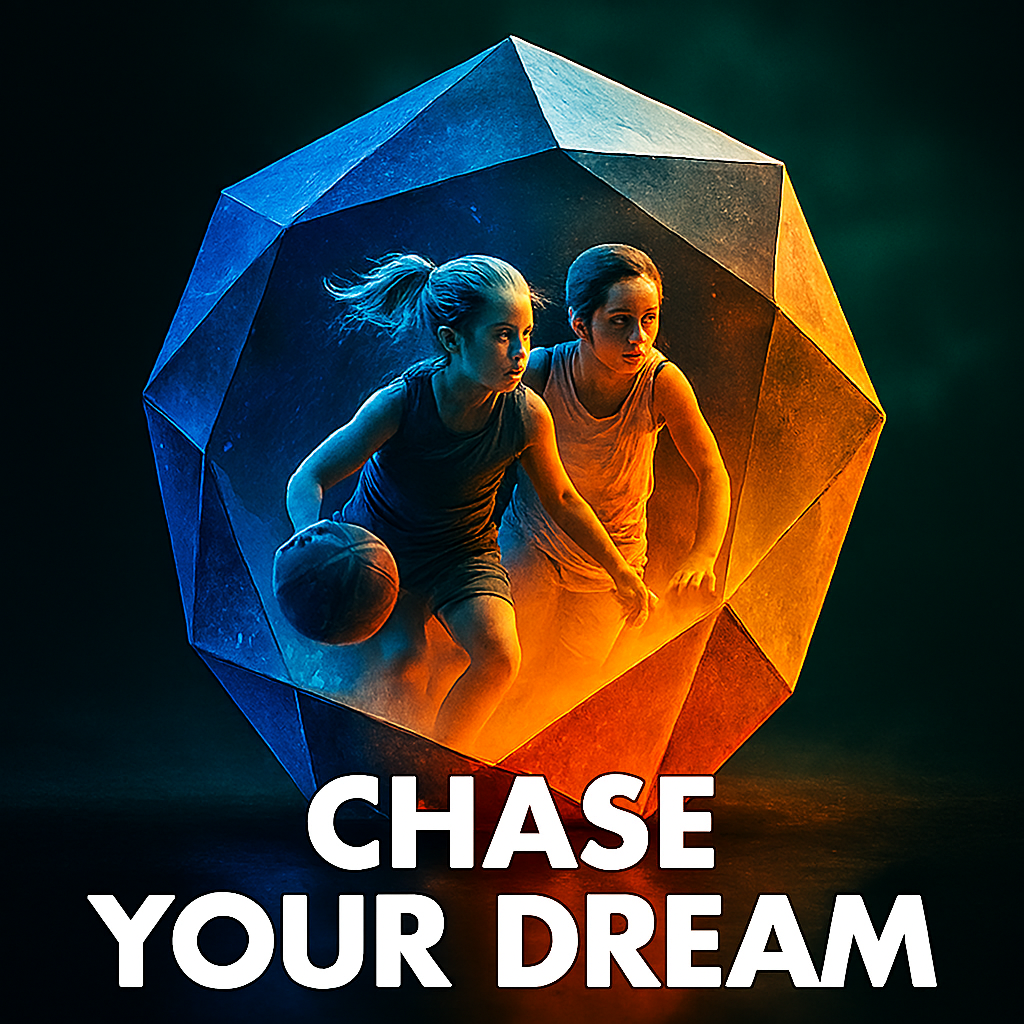
Star Power Is Fueling Cultural Momentum
Athletes like Caitlin Clark, A’ja Wilson, Breanna Stewart, and Angel Reese are redefining what it means to be a basketball icon. Their impact goes beyond the court. These players are appearing in commercials, magazine covers, and global campaigns. Their social media followings rival those of top male athletes, and their influence spans fashion, activism, and entertainment. The rise of these stars is not accidental. It’s the result of years of development, visibility, and performance. Fans are connecting with their stories, their style, and their leadership. The league is embracing individuality, allowing players to express themselves fully. This authenticity is resonating with younger audiences. Star power is not just about scoring points. It’s about shaping culture.
Infrastructure Is Evolving Rapidly
The WNBA has made major strides in upgrading its operational infrastructure. Charter flights are now standard for teams, improving travel conditions and player recovery. Training facilities are being modernized to match NBA standards. Expansion teams are being considered in cities with strong basketball cultures and untapped markets. The league office has streamlined scheduling to optimize rest and media exposure. Locker rooms, medical support, and analytics departments are receiving increased investment. These upgrades are not cosmetic. They are structural improvements that reflect the league’s growing professionalism. Ownership groups are diversifying, bringing in tech leaders, entertainers, and former athletes. The business model is shifting from survival to scalability. Infrastructure is no longer a constraint. It’s a catalyst.
Youth Engagement Is Driving Long-Term Growth
Grassroots basketball programs for girls are flourishing nationwide. Youth leagues, camps, and clinics are seeing record participation. Young athletes now have visible role models in the WNBA to emulate. Social media allows them to follow players’ journeys in real time. Schools and community centers are integrating basketball into wellness and leadership programs. The pipeline from youth to college to pro is clearer than ever. Brands are sponsoring youth tournaments and providing gear, scholarships, and mentorship. Parents are increasingly supportive of daughters pursuing basketball seriously. The cultural stigma around women’s sports is fading. Youth engagement is not just about participation. It’s about aspiration.
Collegiate Basketball Is Feeding the Momentum
College women’s basketball has become a national spectacle. March Madness viewership for the women’s tournament has rivaled the men’s in key time slots. Players like Caitlin Clark and Angel Reese have become household names before entering the WNBA. NIL deals have allowed college athletes to build brands and fanbases early. The transition from college to pro is now a media event. Universities are investing in facilities, coaching, and marketing for women’s programs. Rivalries and storylines are drawing in casual fans. The college game is no longer a stepping stone. It’s a launchpad. The synergy between NCAA and WNBA is accelerating growth on both ends.
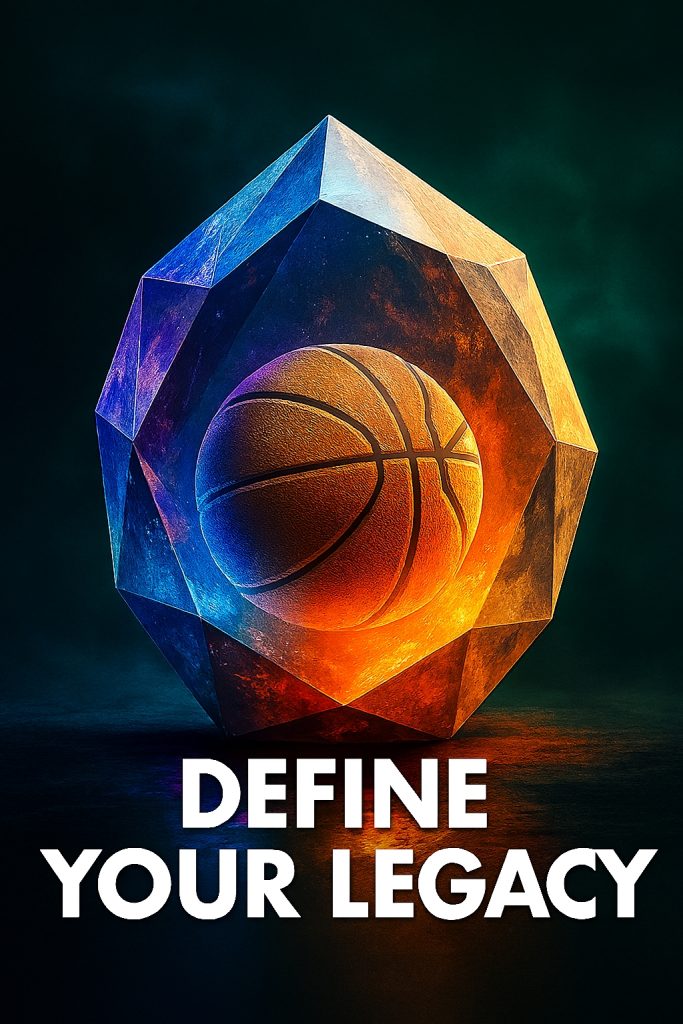
Merchandise Sales Are Reaching New Heights
WNBA jerseys, sneakers, and apparel are selling out across major retailers. Fans are proudly wearing team gear in public, signaling cultural acceptance. Collaborations with fashion brands have elevated the aesthetic appeal of merchandise. Players are launching their own clothing lines and signature shoes. Online stores are expanding inventory to meet demand. Limited-edition drops are creating buzz and urgency. Merchandise is no longer just a revenue stream. It’s a branding tool. The visibility of WNBA gear in schools, gyms, and airports reflects deeper cultural integration. Fans are not just watching games. They’re wearing the movement.
Corporate Sponsorship Is Fueling Expansion
Major companies are aligning with the WNBA to reach diverse and socially conscious audiences. Sponsorship deals now include media integration, community programs, and player endorsements. Brands are not treating the league as a side project. They’re making it central to their sports strategy. Courtside signage, halftime activations, and branded content are becoming more sophisticated. Sponsors are investing in storytelling, not just visibility. The league is attracting partners from tech, fashion, finance, and wellness sectors. These deals are long-term and multi-platform. Corporate support is no longer symbolic. It’s strategic.
Global Interest Is Accelerating
International broadcasts of WNBA games are expanding into new markets. Players from Australia, Canada, Europe, and Africa are starring in the league and drawing global attention. Overseas leagues are collaborating with the WNBA on talent development and scheduling. Fans in Asia and Latin America are following players through social media and streaming platforms. The league is exploring preseason games and exhibitions abroad. Global apparel sales are rising, especially in basketball-rich countries. International media outlets are covering the league with increasing depth. The WNBA is not just an American product. It’s becoming a global brand.
Social Media Is Amplifying Every Moment
WNBA highlights, interviews, and behind-the-scenes content are dominating platforms like TikTok, Instagram, and YouTube. Players are curating their own narratives and connecting directly with fans. Viral moments are driving viewership spikes and merchandise sales. The league’s digital team is producing high-quality content tailored to each platform. Fan accounts and influencers are creating secondary ecosystems of engagement. Social media is not just a promotional tool. It’s a cultural amplifier. The immediacy and authenticity of digital content are building emotional connections. The WNBA is thriving in the attention economy.
Player Activism Is Reshaping Public Perception
WNBA athletes have long been leaders in social justice, health advocacy, and community engagement. Their activism is not performative. It’s personal and sustained. Players have spoken out on voting rights, racial equity, LGBTQ+ inclusion, and mental health. These efforts have earned respect from fans, media, and sponsors. The league supports player-led initiatives with funding and visibility. Activism is integrated into team culture and league branding. Fans are drawn to the authenticity and courage of these athletes. The WNBA is not just about basketball. It’s about leadership.
Media Coverage Is Becoming More Sophisticated
Sports journalists are dedicating more time and resources to covering women’s basketball. Game analysis, player profiles, and investigative pieces are appearing in mainstream outlets. Podcasts, newsletters, and video breakdowns are deepening fan understanding. Coverage is no longer limited to scores and stats. It includes strategy, psychology, and culture. The tone has shifted from novelty to expertise. Media outlets are hiring specialists in women’s sports. The depth and quality of coverage are elevating the league’s credibility. Media is not just reporting on the WNBA. It’s investing in it.
The Fanbase Is Diverse and Growing
WNBA fans span generations, genders, and geographies. Families, students, professionals, and retirees are attending games and engaging online. The league’s inclusive culture attracts fans who value authenticity and equity. Fan clubs, forums, and meetups are creating community around teams and players. The league listens to its fans and incorporates feedback into operations. Loyalty is deep and multi-dimensional. Fans support players’ careers, causes, and creative projects. The WNBA’s fanbase is not passive. It’s participatory.
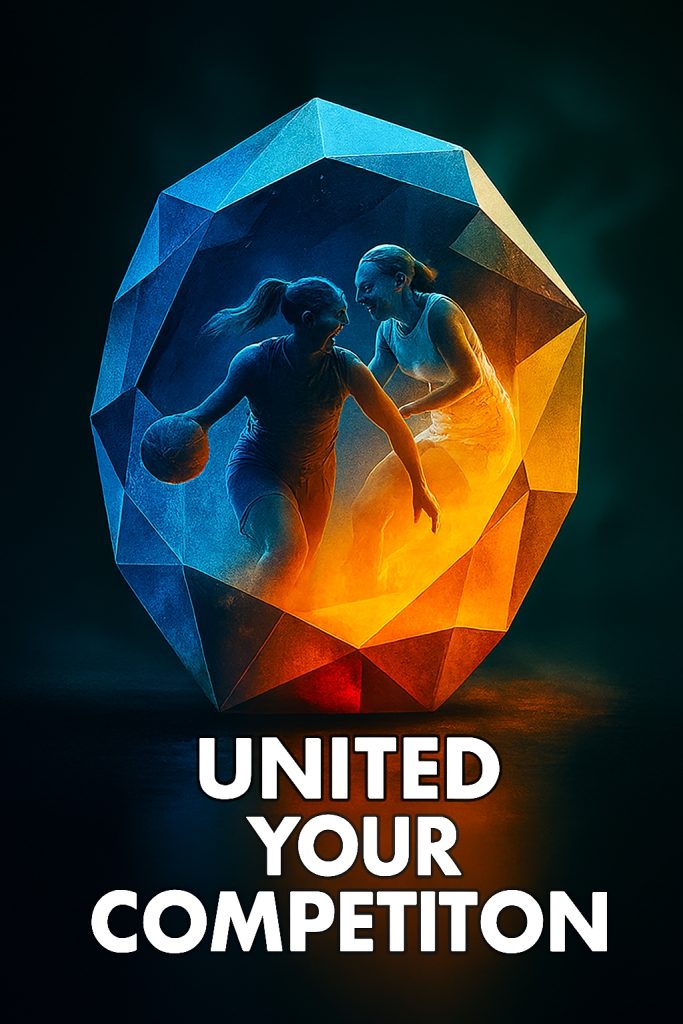
Game Quality Is Reaching Elite Levels
The pace, skill, and strategic depth of WNBA games have reached elite standards. Ball movement is crisp, defensive schemes are complex, and shot-making is world-class. Coaches are implementing advanced analytics and playbooks that rival top men’s leagues. Players are training year-round, often competing overseas to sharpen their skills. The talent pool is deeper than ever, with bench players capable of starting in previous eras. Physical conditioning and recovery protocols are elevating performance and longevity. The league’s competitive balance ensures that no team dominates for long stretches. Upsets and buzzer-beaters are becoming common, adding drama and unpredictability. Fans and analysts are recognizing the tactical brilliance on display. Game quality is no longer a question. It’s a statement.
Expansion Is on the Horizon
The WNBA is actively exploring expansion into new cities. Markets like Philadelphia, Toronto, and the Bay Area are being considered for future franchises. These cities offer strong basketball cultures, corporate backing, and diverse fanbases. Expansion would increase the number of games, create new rivalries, and deepen regional engagement. Ownership groups are forming with serious financial and operational plans. The league is conducting feasibility assessments and community outreach. Expansion is not just about geography. It’s about opportunity. More teams mean more jobs, more visibility, and more pathways for talent. The league’s current momentum makes expansion not just viable. It makes it inevitable.
Player Development Is More Sophisticated
Training regimens for WNBA athletes now include nutritionists, sports psychologists, and biomechanical analysts. Off-season programs are tailored to individual needs, focusing on skill refinement and injury prevention. Rookie development tracks help new players adjust to the pace and physicality of the league. Veterans mentor younger teammates, creating a culture of growth and accountability. Technology is used to monitor workload and optimize performance. International experience adds tactical diversity and resilience. The result is a league where players peak later and sustain excellence longer. Development is no longer reactive. It’s strategic.
Crossover Appeal Is Expanding
WNBA players are appearing in music videos, fashion campaigns, and film projects. Their presence in pop culture is growing organically, not through forced branding. Collaborations with artists, designers, and influencers are creating new fan pathways. Players are hosting podcasts, writing books, and launching media ventures. Their voices are being heard in spaces beyond sports. This crossover appeal is attracting fans who may not follow basketball but connect with the personalities and values of the athletes. The league is embracing multidimensional storytelling. Basketball is the foundation. Culture is the expansion.
Conclusion
Women’s basketball is not just growing. It’s transforming. The WNBA’s rise is rooted in real-world momentum—attendance, media, infrastructure, and talent. Every section of this post reflects a structural shift, not a temporary trend. The league is building a sustainable ecosystem that supports athletes, engages fans, and reshapes cultural narratives. From grassroots to global, the movement is accelerating.
Join the Discussion
What part of the WNBA’s rise resonates most with you? Are you seeing the impact in your city, your school, or your screen?
#WNBA #WomensBasketball #BasketballCulture #AthleteLeadership #SportsEvolution #BasketballFans #GameChangers #WNBA2025 #BasketballFuture #WomenInSports #CulturalMomentum #BasketballVoices #NextEraHoops #GlobalBasketball #RiseOfTheWNBA
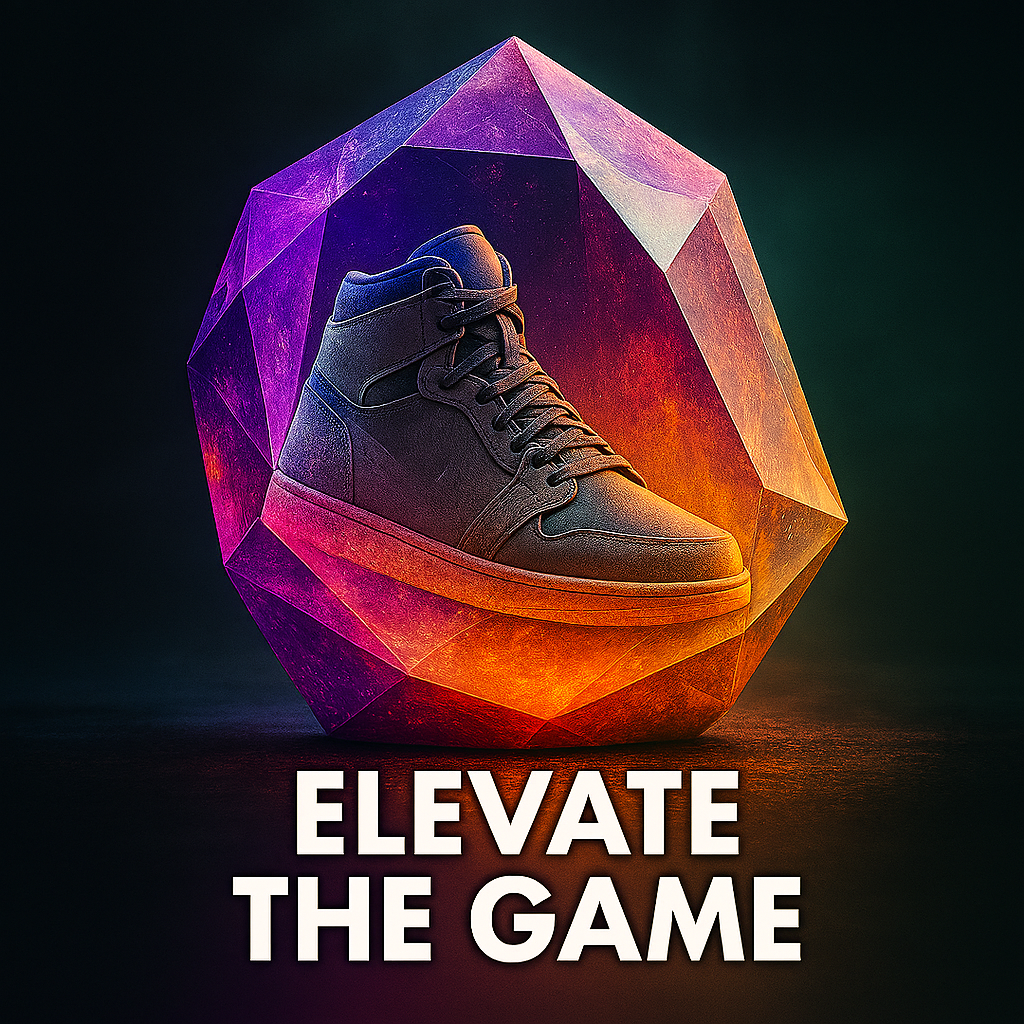



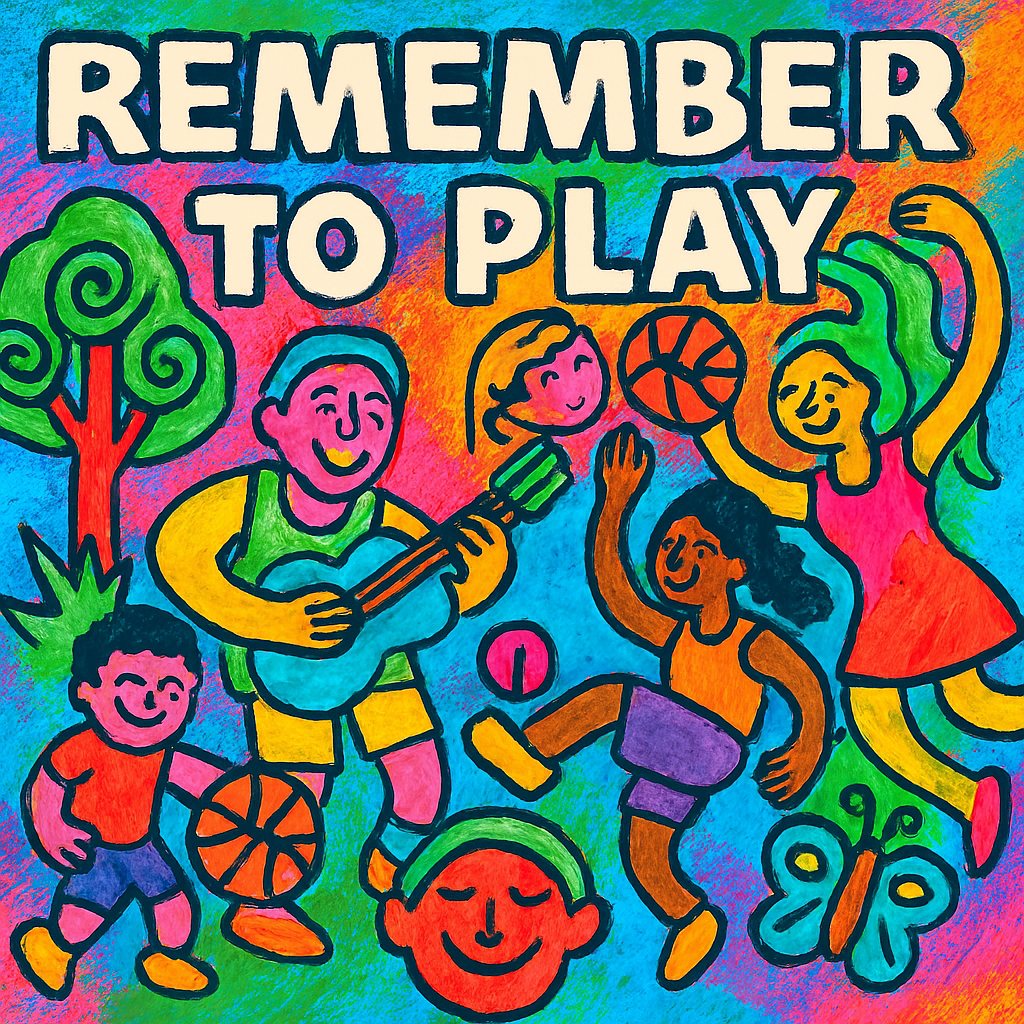
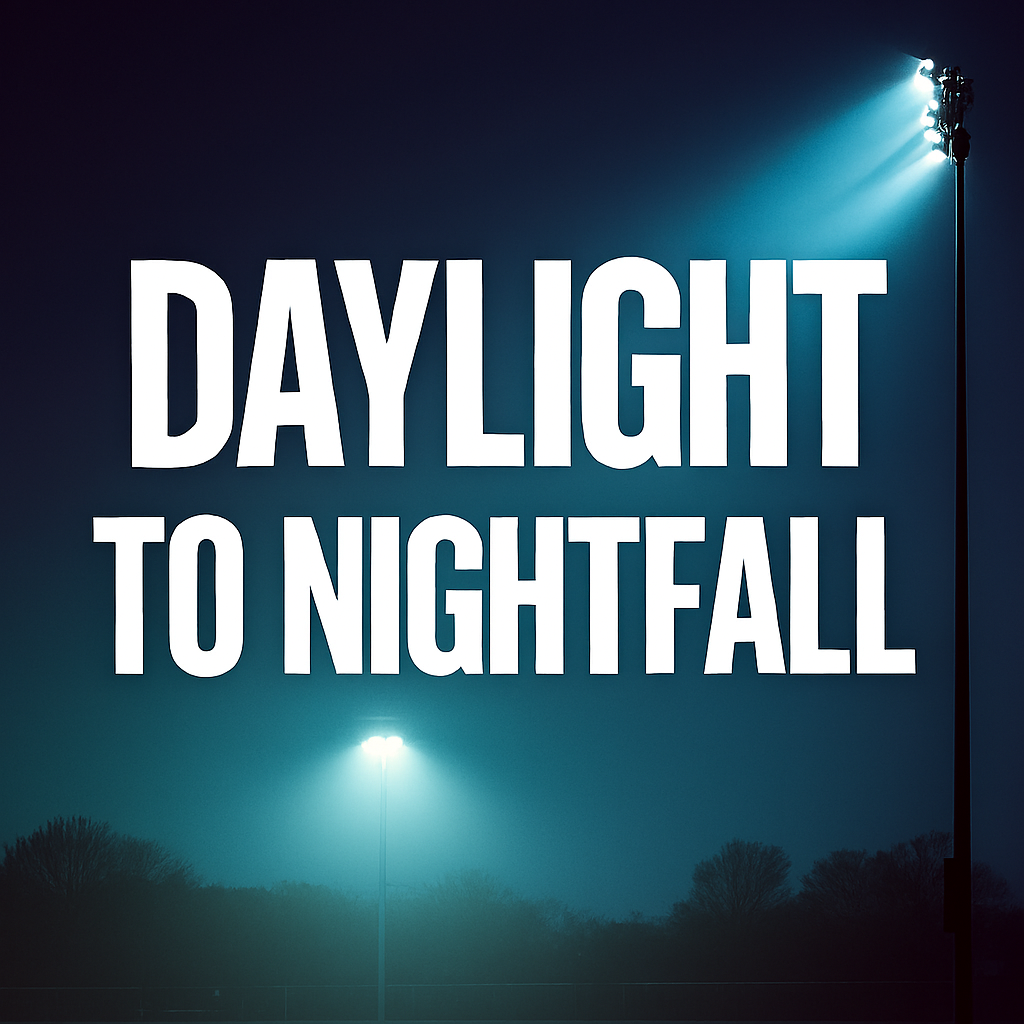
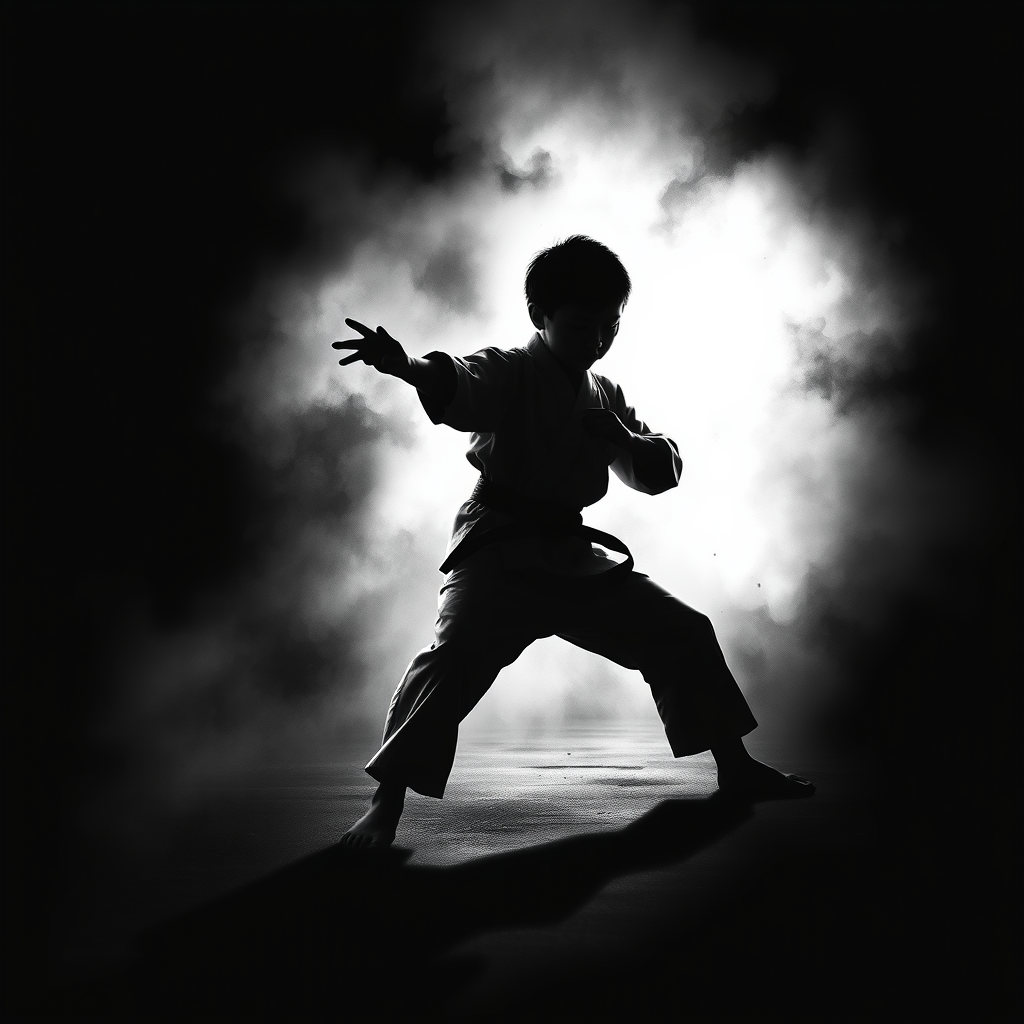

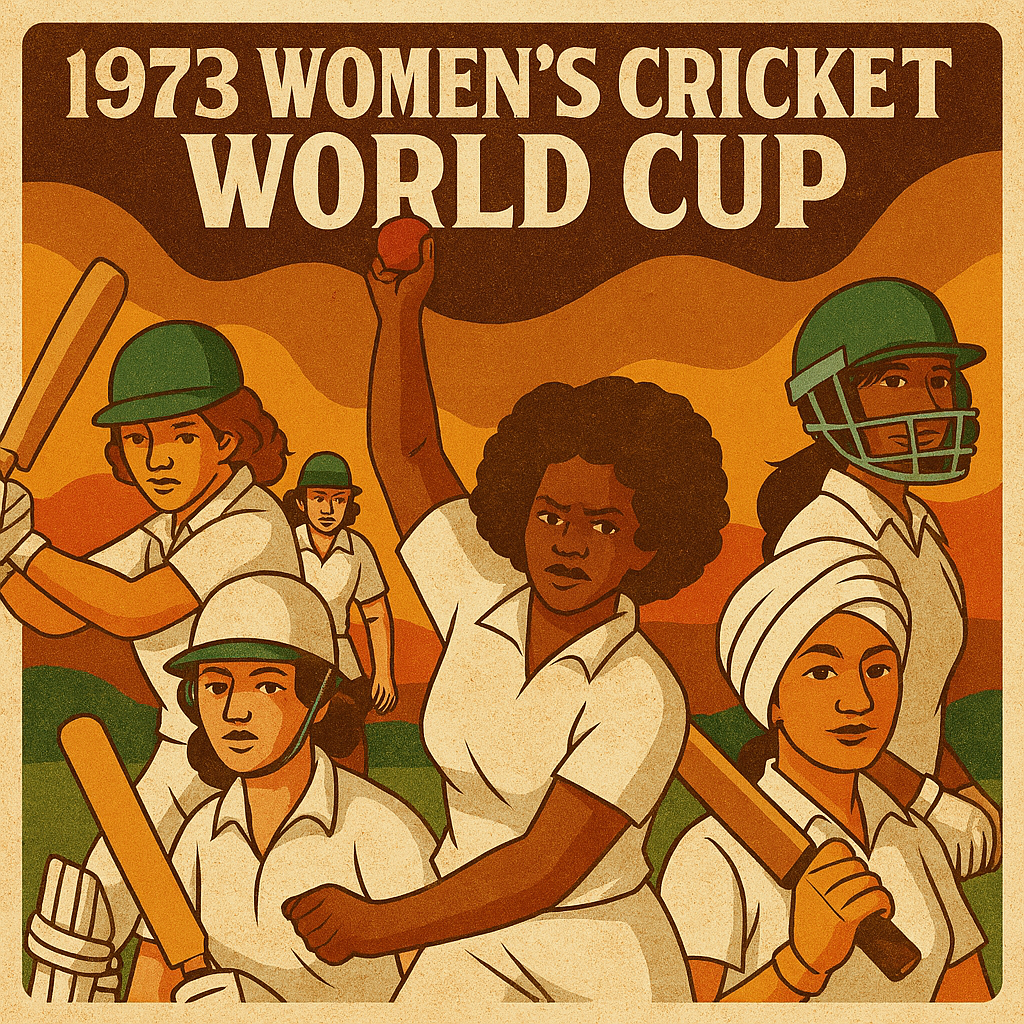
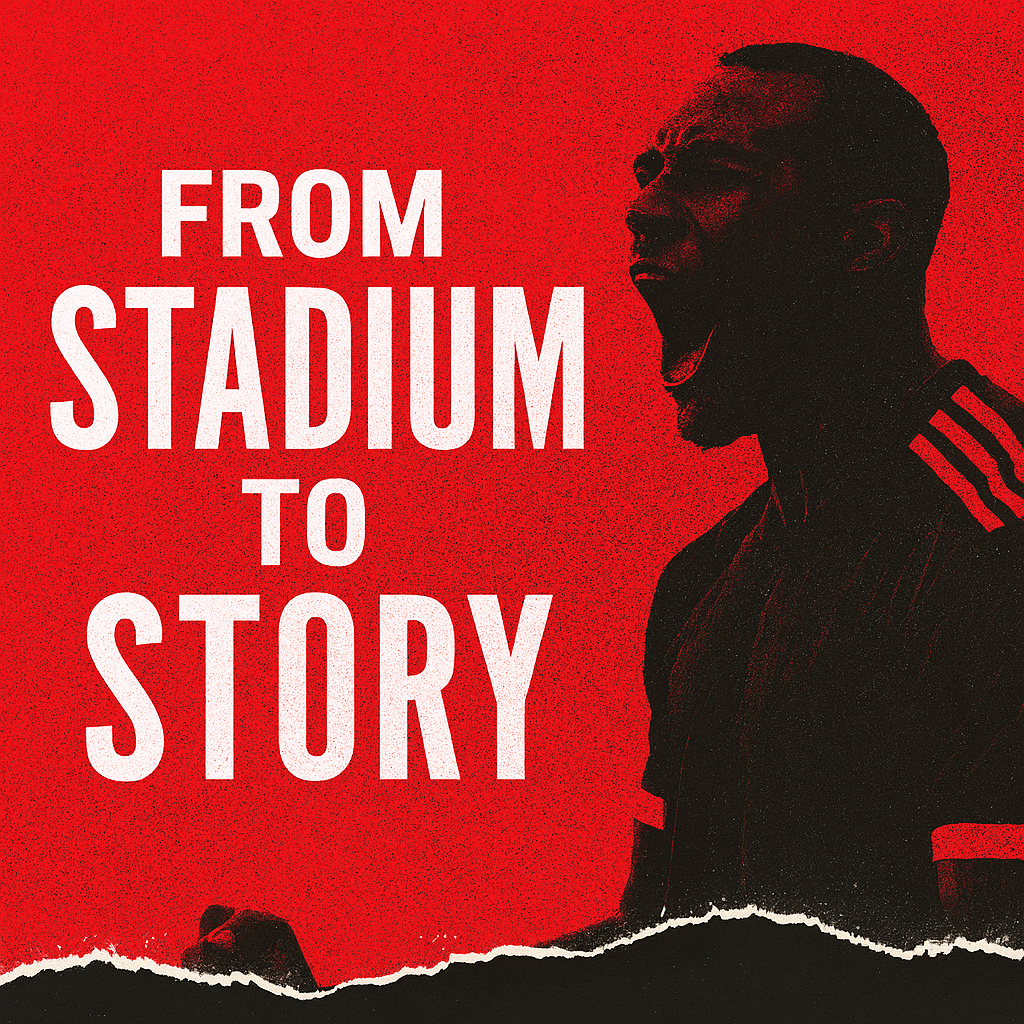

BOARD GAMES MAGICAL PSYCHOLOGY HUMAN BEHAVIOR
[…] motifs tap into archetypes and cultural memory, making the experience feel mythic and personal. Narrative-driven games often blur the line between fiction and play, creating emotional stakes that linger beyond the table. This resonance deepens engagement and transforms the game into a […]